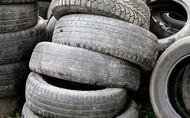Uneven Tread Wear: What Causes It?
Posted by Agota Szabo on Mar 29th 2022
Uneven tread wear significantly reduces a tire's lifespan.
But, what exactly causes irregular tire wear to appear on the footprint? How long should tires actually last?
A general rule of thumb is to expect about 40-50,000 miles out of new tires. However, actually estimating the tire's usability is tricky. Many different factors control the wear rate and manner, which influence the mileage.
What is Uneven Tire Tread Wear?
Uneven tire wear is the irregular tire wear of the footprint. The tire tread can wear unevenly for various reasons and the wear pattern can also be versatile. Camber wear, cupping wear, toe wear, patchy wear, and excessive wear all shorten the tire's service life.
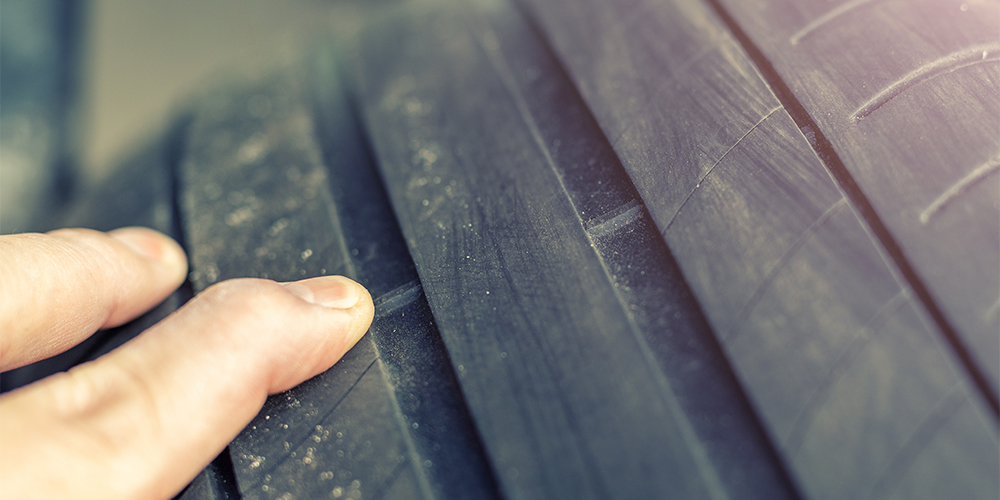
What are the Reasons for Uneven Tire Wear?
Irregular tire wear appears on the tire's footprint for different reasons. From the vehicle's mechanical problems to aggressive driving styles many factors cause excessive and uneven wear.
While some issues cannot be avoided, preventing uneven tire wear is not impossible.
Let's take a look at various problems that lead to the tire's shortened service life.
Mechanical Problems
To ensure even wear, tires need to roll straight, utilizing their contact patch to maintain full contact with the road surface. Additionally, the two tires mounted on one axle need to be completely parallel.
As a result, when vehicle problems come into play, it also affects tread wear. Poor wheel alignment causes the most problems, but this is related to other worn-out or damaged vehicle parts.
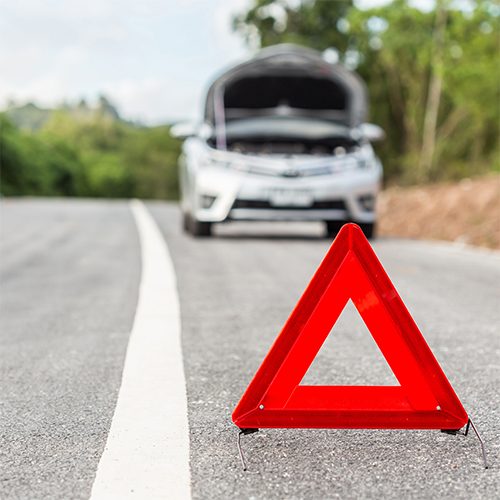
Checking in with your mechanic and having your vehicle looked at from time to time will help you counter uneven tire wear. Furthermore, extra trips to the shop won't hurt, especially when you notice irregularities in the vehicle's performance.
Visiting your mechanic is a good idea when:
- You notice irregular tire wear
- The vehicle is pulling to the side
- Vibrations are felt in the vehicle's cabin
Wheel Alignment
Poor wheel alignment angles the tires on the axle. In other words, their footprint will not touch the road fully.
Such improper alignment will focus the driving pressure onto one tread area. This leads to accelerated inner or outer wear on the tire's shoulders, depending on which way the tires are leaning. In other words, it causes the inner or outer edges of the tire to wear quicker compared to the tread center.
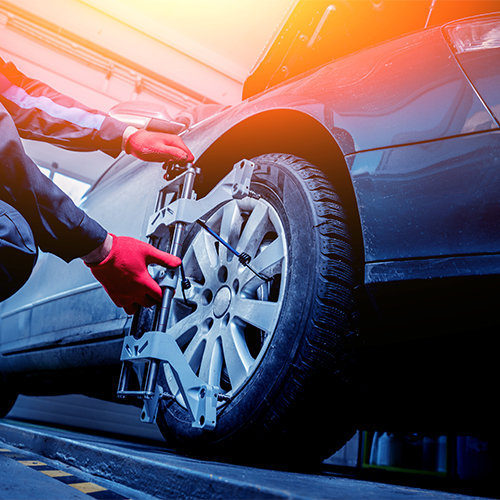
To combat this, make sure unbalanced wheels are corrected as soon as possible, preferably before the tires develop irreversible uneven wear.
Other Vehicle Issues
Unbalanced wheels can just be the symptom of other vehicle problems. This is usually caused by a worn-out suspension system or steering components.
Worn-out suspension components should be changed. This warrants a visit to the mechanic as soon as you notice an issue, as it can lead to bigger problems.
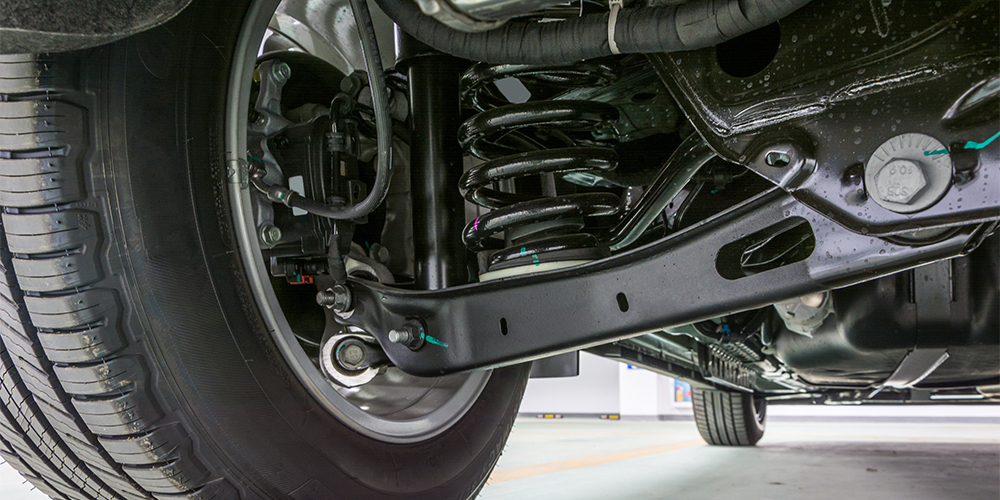
Generally speaking, the components of the vehicle's suspension system should be changed every 50,000-100,000 miles - or more frequently if you are driving on rough roads. This will help to maintain better control over the vehicle, while it also makes sure the tires serve their full lifespan.
Using Incorrect Tires
New tires can be expensive, so doing all we can to maintain their full service life is crucial. However, forcing the tires to wear evenly starts before you purchase them.
What do we mean by that?
Simple: different car models need different tire sets. Not all tire models will fit all car types! Even if the size is the same, there are various specifications, types, and applications we need to keep in mind.
Load and Speed Rating
The load and speed rating shows the load and speed capacity of a given tire. This number is usually located right after the tire size on the sidewall.
The load index represents how much weight one tire can handle, while the speed shows the tire's highest speed durability. These numbers should not be exceeded.
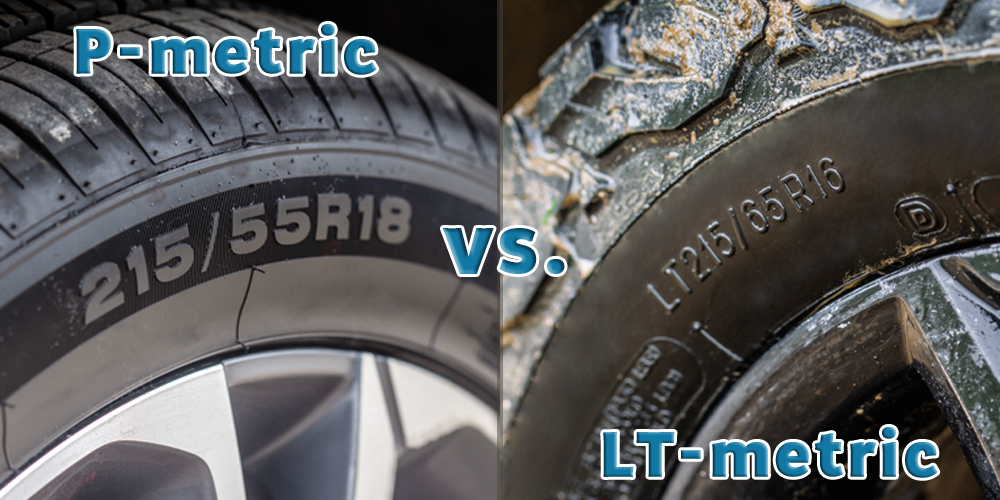
Therefore, if you have a passenger car, get a P-metric tire set. If you own a light truck that hauls more weight, light truck-rated tires are necessary. The same goes for touring and sports cars! You can get higher-rated (not by much!!) tires, but the reverse is not an option if you wish to keep your tire set for its estimated lifespan.
The sticker located on the driver side door of the vehicle or in the owner's manual will tell you the tire specifications you need to look for.
Incorrect Type of Tire Tread
Apart from the load and speed rating, the season and performance type of the tire is also important. Accelerated and uneven tire wear will shorten the tire's usability if incorrect tires are used on the vehicle.
Winter vs. Summer Tire Tread:
Winter tires are manufactured from a softer compound, which keeps tires pliable in freezing conditions. However, when the temperature reaches 50 degrees Fahrenheit, this same compound will wear out faster in order to provide the same traction levels. So, if you do not wish to purchase all season tires, keep switching winter and summer tire sets when the time comes.
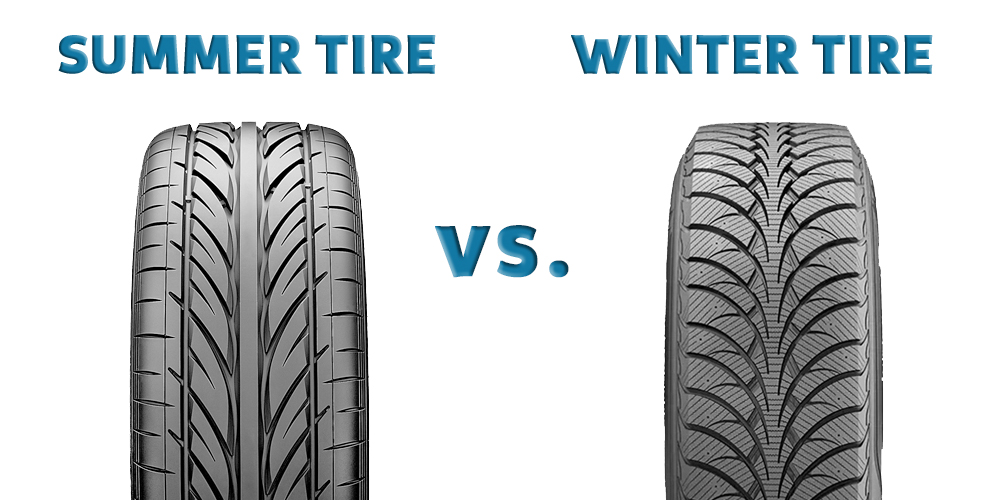
Performance Type:
If you use high-speed tires on your car, touring tires will not suffice. The driving pressure affecting the footprint center will result in heat build-up. This not only causes uneven tire wear, but it can bring about more serious problems (like tire blowouts).
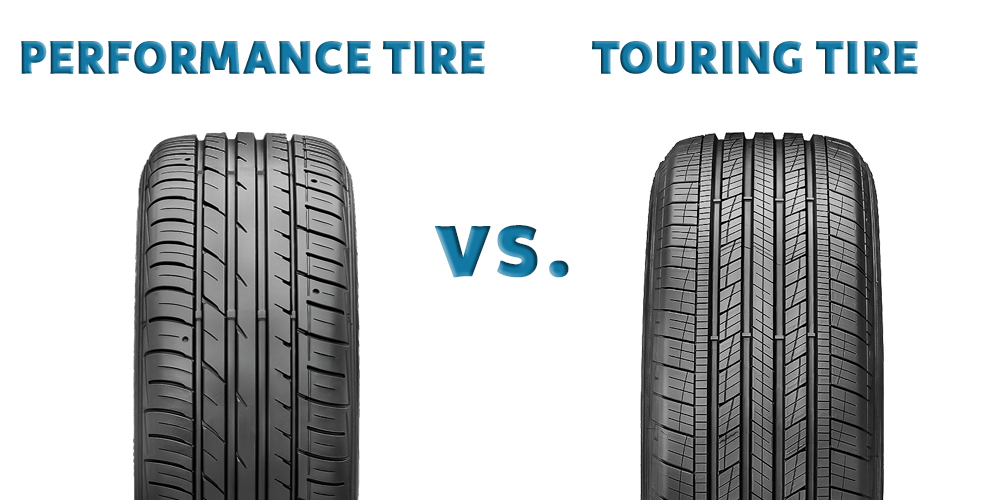
Tire Rotation
Rotating tires regularly will help to prevent premature and uneven tire wear. Tires mounted on different axles experience various pressures. This means that rotating the four tires will help to preserve the tire tread wear for longer.
Front tires experience more wear as higher levels of driving pressure affect them. Additionally, if the wheels are not correctly aligned, it can easily create additional problems.
Rotate the front and rear tires, if the tire sizes are not staggered, on a regular basis, every 5,000 miles or so. This will allow front tires to catch a needed break. As a result, front end wheels will not be prematurely worn, increasing their service life.
Tire Pressure
Tire pressure played a huge role in uneven tire wear. Under inflated or over inflated tires cause the edge or center tread area to decline quicker. For this reason, it is important that proper tire pressure is maintained at all times.
Let's take a quick look at how improper tire inflation affects the tires.
Underinflated tires run on their edges, as the shoulders and sidewalls keep the ideal tire shape. For this reason, the inner and outer edge wears out, while the center tread remains. Under inflation also ruins the fuel efficiency of your car. The problem is easy to fix, simply add air to the tire.
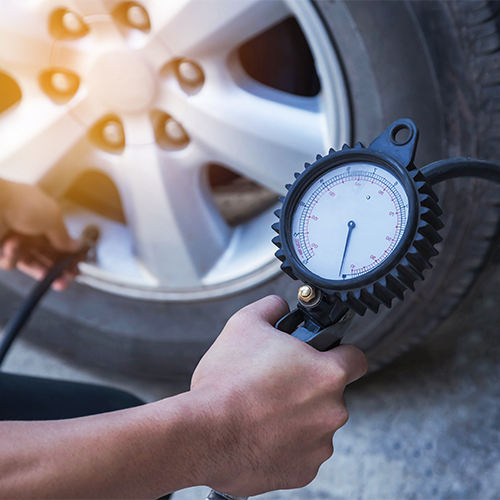
Over inflation makes the tire run on its center tread area. This means the center tread experiences more wear, while the tread on the edges remains. To ensure the tire's driving safety, adjust the air pressure in order to lower it.
Tire pressure and improper inflation levels, whether the tire is over or under inflated, will significantly shorten the tires' service life. Follow the tire pressure recommendations to prevent uneven tire wear, which can be found on the tire's sidewall or in the owner's manual of the vehicle.
Dry Rot
Dry rot is the degradation of the tire over time. It appears in various manners, but it is always the rest of the rubber oils evaporating or breaking down. This leads to the tire literally drying out. The biggest culprit is sunlight.
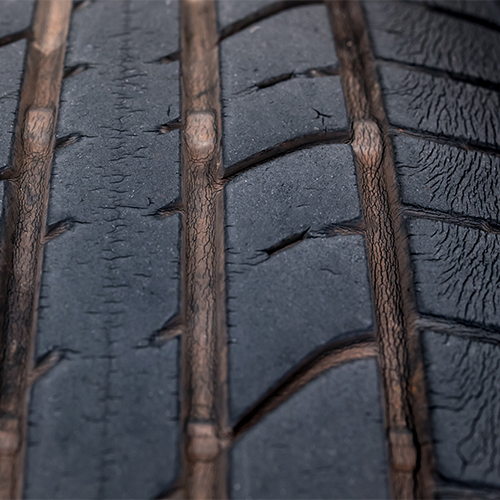
Signs of dry rot include:
- Cracking and tear on the tire surface
- Sidewall damage
- Tread separation
While some issues on this list are reversible, unfortunately, we cannot adjust dry rot. Once it appears, the tire no longer offers the driving safety necessary. Talk to your mechanic to see which new tires are a good option for your vehicle.
If you wish to learn more about dry rot on tires, check out our blog post.
Aggressive Driving Habits
Tires play a crucial role in the vehicle's performance. The wheels, the suspension system, oil change, and other vehicle parts are also important, but the tires are in contact with the road surface.
Therefore, aggressive and reckless driving styles will affect them more. Quick acceleration creates bald patches on the center tread, quick cornering and maneuvering results in excessive wear on the outer edges.
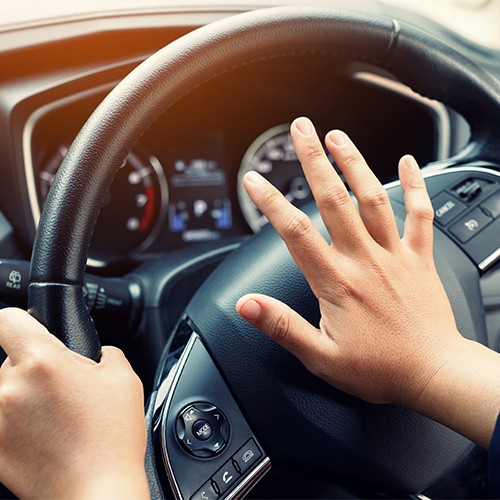
Furthermore, reckless driving can quickly result in other vehicle problems. From wheel alignment issues and other wheel-related issues to worn-out steering and suspension parts, the vehicle also takes a hit.
Preventing uneven tire wear is easy if we just slow down. Not only does this save the tread wear, but the car will thank us as well.













